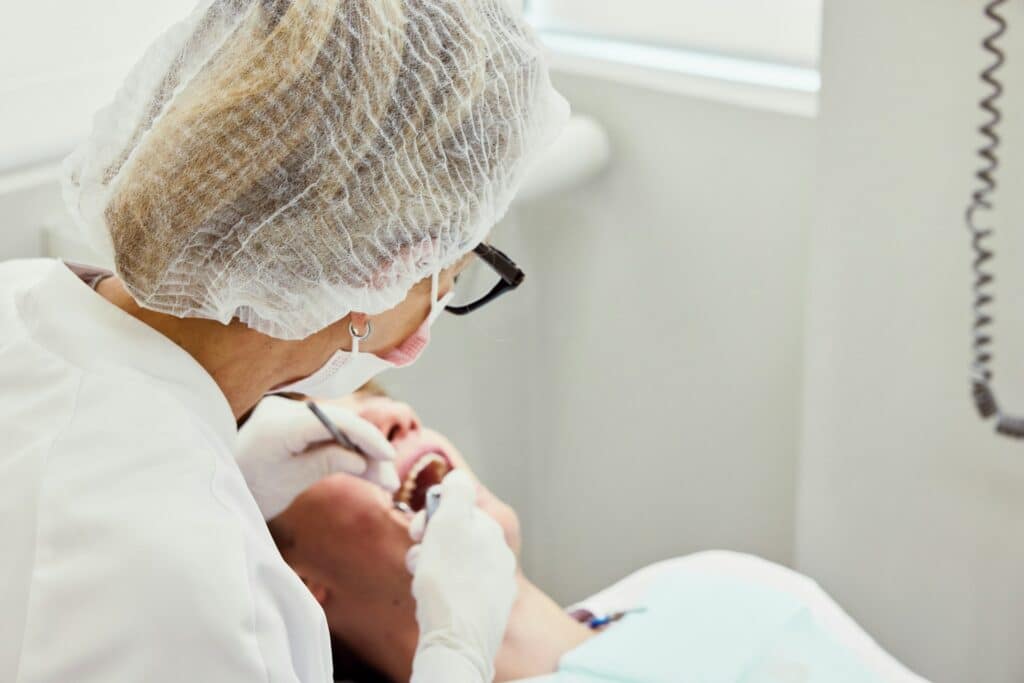Dental anxiety can prevent many individuals from seeking the dental care they need to maintain a healthy and vibrant smile. At our family dental care practice in Pickering, ON, we understand the importance of addressing dental anxiety and providing a comfortable experience for our patients. One way we achieve this is by offering sedation dentistry services, which can help patients remain calm and relaxed throughout their dental procedures.
In this comprehensive guide, we will discuss the benefits of sedation dentistry and provide an in-depth analysis of the various sedation options available. These options include nitrous oxide, oral sedation, and intravenous (IV) sedation, as well as their suitability for different patients and dental procedures. Furthermore, we will cover the safety aspects of sedation dentistry and explain what patients can expect during the treatment process.
Benefits of Sedation Dentistry
Sedation dentistry offers various advantages to patients, especially those who struggle with dental anxiety or who require complex or extended dental procedures. Key benefits of sedation dentistry include:
1. Anxiety Reduction
Sedation dentistry helps ease dental anxiety, ensuring patients feel relaxed and comfortable during their treatment. This essential option can encourage patients to visit the dentist regularly and receive the dental care they require.
2. Pain Management
Sedation dentistry minimizes discomfort during dental procedures, providing a more comfortable experience for patients who have a low pain threshold or are undergoing more invasive treatments.
3. Enhanced Comfort
Patients who experience gag reflexes, difficulty sitting still, or other challenges during dental appointments can also benefit from the calming effects of sedation dentistry, promoting a more comfortable and efficient experience.
4. Time Efficiency
Sedation allows dentists to complete dental procedures more efficiently as patients are more cooperative and at ease, allowing dental professionals to focus on providing high-quality care.
Sedation Options in Dentistry
There are various options for sedation in dentistry to suit different patients’ needs and preferences. Three of the most common options are nitrous oxide, oral sedation, and intravenous (IV) sedation.
1. Nitrous Oxide (Laughing Gas)
Nitrous oxide, commonly known as laughing gas, is a minimal sedation option that is inhaled through a mask placed over the patient’s nose. The gas induces a mild euphoric effect, allowing patients to relax without losing consciousness during the treatment. Nitrous oxide is suitable for patients with mild dental anxiety or those undergoing minor dental procedures. The effects of the gas wear off quickly, permitting patients to resume normal daily activities post-treatment.
2. Oral Sedation
Oral sedation involves taking a prescribed sedative pill, typically a form of benzodiazepine, before the dental appointment. This method offers varying degrees of sedation, depending on the dosage administered, but typically provides a moderate level of relaxation. Patients may feel drowsy or even drift into a light sleep during treatment but can be easily awakened. Oral sedation is ideal for patients with moderate dental anxiety or those undergoing more complex dental procedures. However, patients will require assistance with transportation to and from the appointment, as the sedative’s effects may persist for some time post-treatment.
3. Intravenous (IV) Sedation
IV sedation is a more potent form of sedation delivered directly into the bloodstream through an IV line. This form of sedation allows the dentist to control the sedation levels closely, ensuring the patient is comfortable and relaxed throughout the procedure. IV sedation is suitable for patients with severe dental anxiety or those undergoing complex dental treatments. Similar to oral sedation, patients receiving IV sedation need assistance with transportation to and from their appointment.
Is Sedation Dentistry Safe?
When administered by trained dental professionals, sedation dentistry is safe for most patients. However, certain factors, such as age, medical history, and medication use, may impact eligibility for sedation dentistry. To ensure safety, discuss your medical history and any concerns with your dentist during the consultation, as they will determine the most suitable and safe sedation option for you.
What to Expect During Sedation Dentistry
Before undergoing sedation dentistry, patients should follow any pre-treatment guidelines provided by their dentist, such as fasting, managing medications, or arranging transportation. Once at the appointment, the sedation method chosen will be administered, and the patient will begin to feel relaxed and at ease. Dental professionals will monitor the patient’s vital signs throughout the procedure to ensure safety and comfort. After the treatment is completed, patients may experience some grogginess, depending on the sedation method used; hence, it is essential to have post-treatment plans, such as transportation, in place.
Conclusion
Sedation dentistry offers valuable benefits to patients struggling with dental anxiety or requiring complex dental treatments, promoting a more comfortable and relaxed experience. By understanding the various sedation options available, patients can choose the most suitable method for their needs and ensure a stress-free dental visit. Our experienced dental team is committed to providing personalized care and support to help you maintain excellent oral health and enjoy a comfortable dental experience. Contact us at Pickering Dental Services today to explore sedation dentistry options and achieve the healthy smile you deserve.



